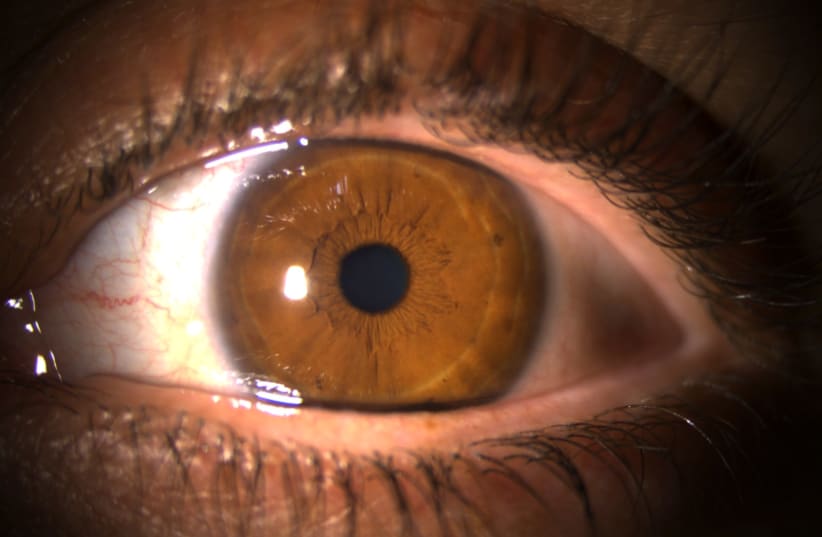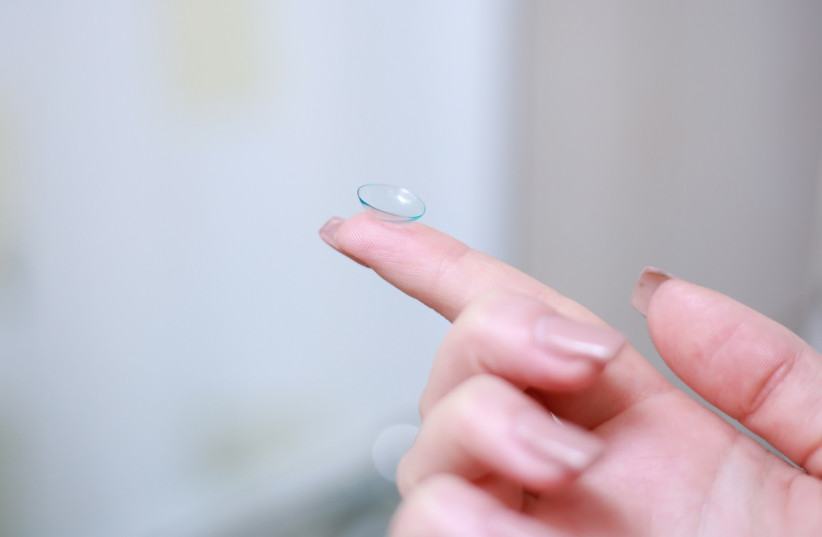Researchers develop new tool to improve healing of eye injuries
People who wear contact lenses have to be very careful to clean them properly and follow their ophthalmologists’ exact instructions or they can suffer damage to their eyes. But can contact lenses actually heal damage to one’s eyes?
A cross-disciplinary team at Ontario’s University of Waterloo has developed a patented, new contact-lens material that could act as a bandage for corneal wounds while releasing drugs in a controlled manner to help the eye heal faster.
Corneal injury and subsequent damage to the corneal epithelium can lead to corneal scarring, vision loss, and even blindness. An estimated 1.5 to two million cases of monocular blindness in the world are caused by ocular trauma and corneal ulceration annually. Historically, the standard treatment for a corneal abrasion is the insertion of a lubricant onto the ocular surface, followed by patching the eye to prevent blinking, permitting the epithelium to heal under the patch.
However, the use of an eye patch leads to frustration for the patient due to the loss of vision in two eyes. Furthermore, if the eye patch is not worn appropriately, then it can lead to delays in recovery of the epithelium. It is also cumbersome for clinicians to assess the wound healing progress, as this requires the removal of the patch.
Typically, corneal abrasion patients spend seven to 10 days wearing a clear, oxygen-permeable bandage contact lens, often containing antibiotic eyedrops – but the one-time antibiotic application makes it difficult to ensure enough drugs remain on the eye for sustained treatment.
“It’s a targeted-release drug delivery system that is responsive to the body,” said Prof. Lyndon Jones at the Canadian university’s School of Optometry and Vision Science and director of the Center for Ocular Research and Education. “The more injured you are, the more drug gets delivered, which is unique and potentially a game changer.”
Jones knew there was a market for a drug-delivering bandage contact lens that could treat the eye and allow it to heal simultaneously; the question was how to develop it.
Disrupting the boundaries of health
As the university has several researchers and entrepreneurs working on technology to disrupt the boundaries of health, Jones was able to team up with Dr. Susmita Bose, Dr. Chau-Minh Phan, and chemical engineering Prof. Evelyn Yim to work on collagen-based materials. Also collaborating were Dr. Muhammad Rizwan, a former postdoctoral fellow, and John Waylon Tse, a former graduate student, both with Yim’s lab.
They have just published their discovery in the journal Pharmaceutics under the title “Fabrication and characterization of an enzyme-triggered, therapeutic-releasing hydrogel bandage contact lens material.”Collagen is a protein naturally found in the eye that’s also often involved in the wound healing process –but it’s too soft and weak to be a contact lens material. Yim found a way to transform a collagen derivative named gelatin methacrylate into a biomaterial 10 times stronger.
One unique property of collagen-based materials is that they degrade when exposed to an enzyme called matrix metalloproteinase-9 (MMP-9) that is naturally found in the eye.
“These enzymes are very special because they’re involved in wound healing, and when you have a wound, they’re released in greater quantities,” Phan said. “If you have a material that can be degraded in the presence of this enzyme and we add a drug to this material, we can engineer it so it releases the drug in a way that is proportional to the amount of enzyme present at the wound – so, the bigger the wound, the higher the amount of drug released.”
The team used bovine lactoferrin as a model wound-healing drug and entrapped it in the material. This glycoprotein is a molecule made of of protein and carbohydrate chains involved in many physiological functions including immunity. Bovine lactoferrin was first isolated from cow’s milk in 1939 and shown in 1960 to be the main iron-binding protein in human milk. In human cell culture study, the researchers achieved complete wound healing within five days using the drug-releasing novel contact lens material.
Another benefit of the material is that it becomes activated only at eye temperatures, providing an inbuilt storage mechanism. The next step is fine-tuning the material, including entrapping different drugs in it. The scientists believe their material has great potential – not only for the eye but potentially for other body sites, especially large skin ulcers.




No comments:
Post a Comment